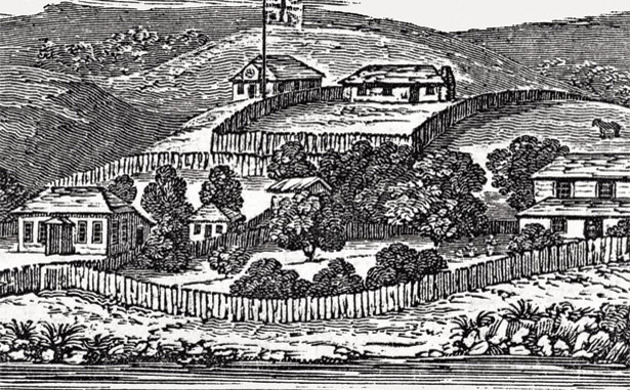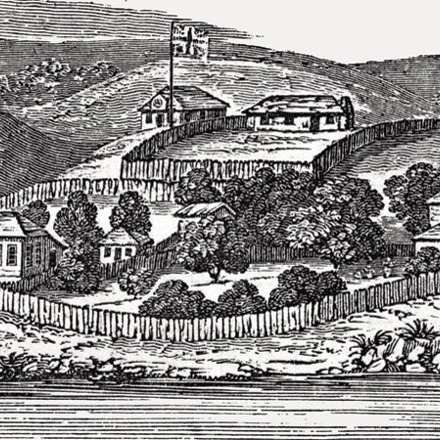
When you look at the history of wine in New Zealand, it appears brief. Only since the 1980s, wines made from common European grape types have been widely accessible and the delicious Sauvignon Blancs have only been available since the mid-1980s.
However, the grapevine was a usual sight in the early colonists’ backyards with Samuel Marsden, an Anglican missionary, recording the first planting of grapevines at the Bay of Islands in 1819 and the first documented New Zealand wine was already bottled by the time of the signing of the Treaty of Waitangi in 1840. Throughout the years the wine industry has developed and massively improved making the wine from New Zealand, notably the sauvignon blanc world-class.
Sauvage beginnings
Fast forward a few years to the 1970’s when a New Zealand winemaker rescued sauvignon blanc cuttings from the University of California. At the time this vine was not considered to be of commercial interest, but the winemakers thought that the variety would be robust enough to do well in New Zealand. The vines were vigorous, grew well and the grape was distinctly flavoured, aromatic and tasty. The first marketable quantity of New Zealand Sauvignon Blanc was produced in 1974, at Matua Valley’s first winery site in Swanson, Auckland (now The Hunting Lodge).
It wasn’t until Montana (now Brancott Estate) planted the Sauvignon Blanc grapes in Marlborough that the variety began to gain notoriety. By the mid-1980’s the characteristic Marlborough New Zealand style made a name for itself and have since gone on to become known as the most distinctively varietal sauvignon blanc style in the world.
The unmistakable qualities of New Zealand Sauvignon Blanc include its zingy acidity and aromas of grapefruit, pineapple and lime zest, freshly mowed grass and bell pepper that can be hard to resist, and even harder to forget.
Sauvignon Blanc capital of the world
Today, the style now accounts for over 86% of wine exported from New Zealand. The unique flavours of New Zealand Sauvignon Blanc continue to impress wine critics around the world, setting the international benchmark as one of the best in the world.
It’s a typical story from a country that assumes nothing is impossible. So, if that’s something you’d like to raise a glass to, we know a place.







